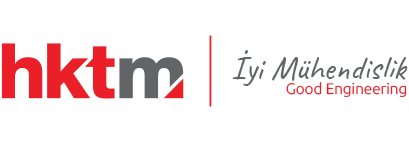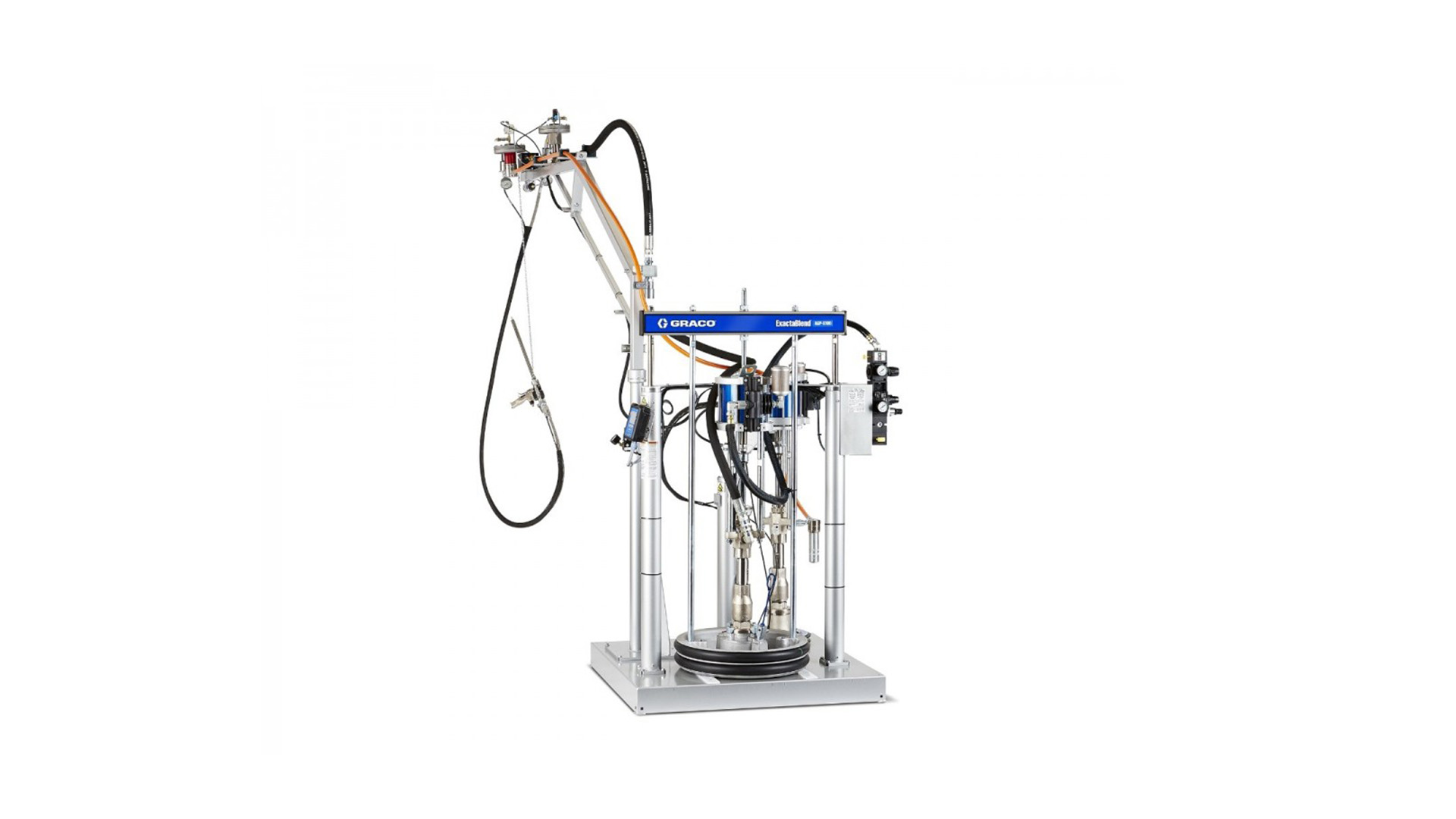Lubrication Systems
Automatic Lubrication
Systems
Industrial machinery/tools/equipment and attachments must be regularly lubricated to extend their lifecycles and provide problem-free operation. Each equipment requires a different lubrication and excessive lubrication is a wrong and unnecessary application as much as insufficient lubrication.
What is Friction?
Friction is the force between two objects in contact and the force resisting this action. Movement is not a must for this force to occur. However, friction force during movement (kinetic) is different from cases when there is no movement (static). Friction causes heat and expansion. Irregular expansion may cause fracture or break as two surfaces are in contact.
What is Lubricant?
A substance that reduces friction between two surfaces, protects against heat and breaks and forms a layer between these surfaces.
What is Layer?
Layer is the lubricant layer between two surfaces. It allows two surfaces to integrate at a certain level. (Nominal value is 0.001 inch-0.025 mm).
Viscosity
Viscosity affects the creation of the film. Lubricant thickens at low temperatures and cannot be transferred after a while. At high temperatures, it gets thinner and gets through sealing elements and/or may lose its ability to hold on to the surfaces. NLGI Grease Classification
Why Lubrication?
Lubrication is carried out due to 6 basic reasons;
- Friction reduction
- Wear reduction
- Shock and vibration reduction
- Temperature drop
- Corrosion prevention
- Contamination prevention
Why Automatic Lubrication?
Lubrication that is neither too little nor too much in small but necessary quantities at regular times.
1. Lubricant Selection
- Oil
- Grease (According to NLGI classifications)
- Buna-N or Viton sealing elements
2. Power source selection
- Manual
- Mechanical
- Pneumatic
- Hydraulic
3. Selection of Measurement Devices
- Distribution blocks
- Injectors
- Types of thread; SAE, NPT, BSP, Metric
4. Selection of Measurement Devices
- Distribution blocks
- Injectors
- Types of thread; SAE, NPT, BSP, Metric
5. Accessory selection (for feedback) Lubricating Pump Selection
- Manual or Mechanical
- Pneumatic, Hydraulic or Electric
- Pump capacity (Reservoir capacity, type)
- Determination of required pressure
- Determination of required output amount
- Low level switch, monitoring, feedback and so on.
6. Determination of System Requirements
- Drawing the machine
- Determination of lubrication points
- Calculation of oil requirement for lubrication points
- Planning lubrication installation


